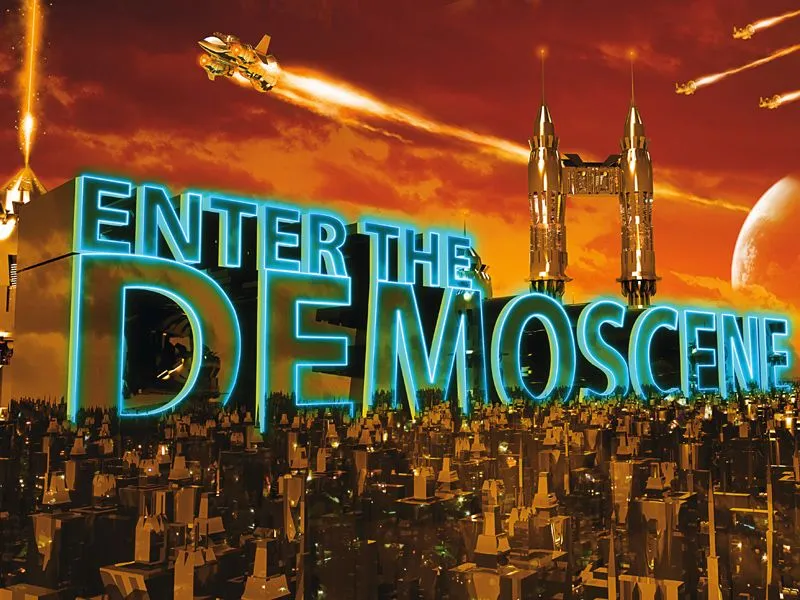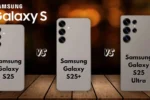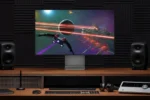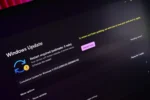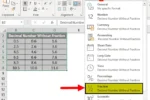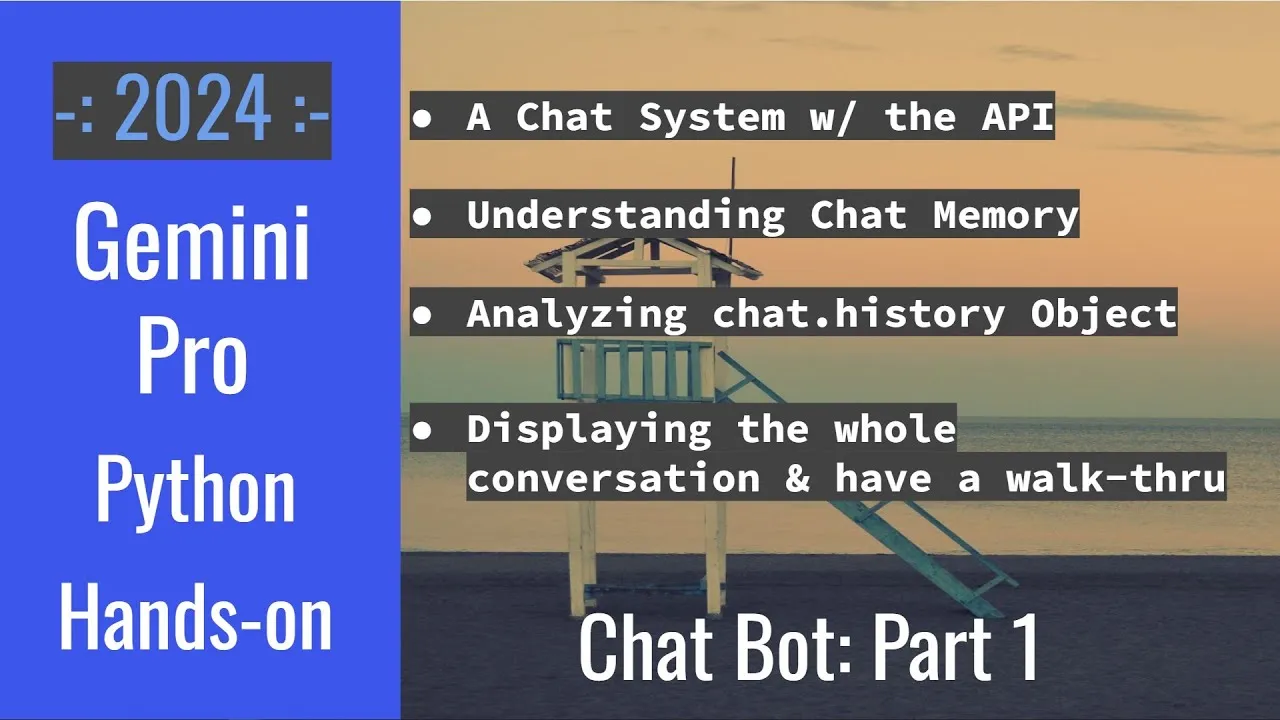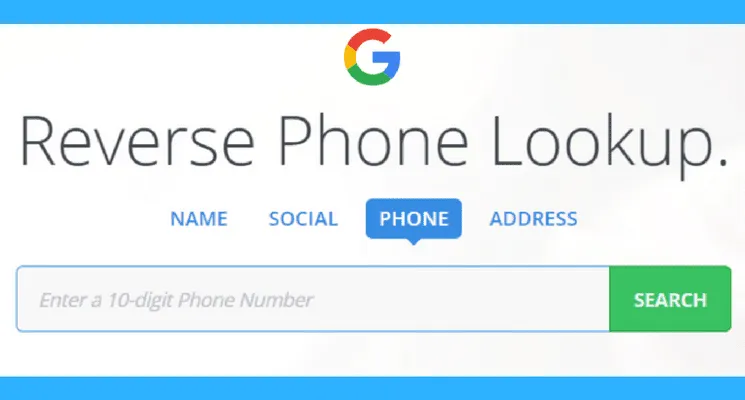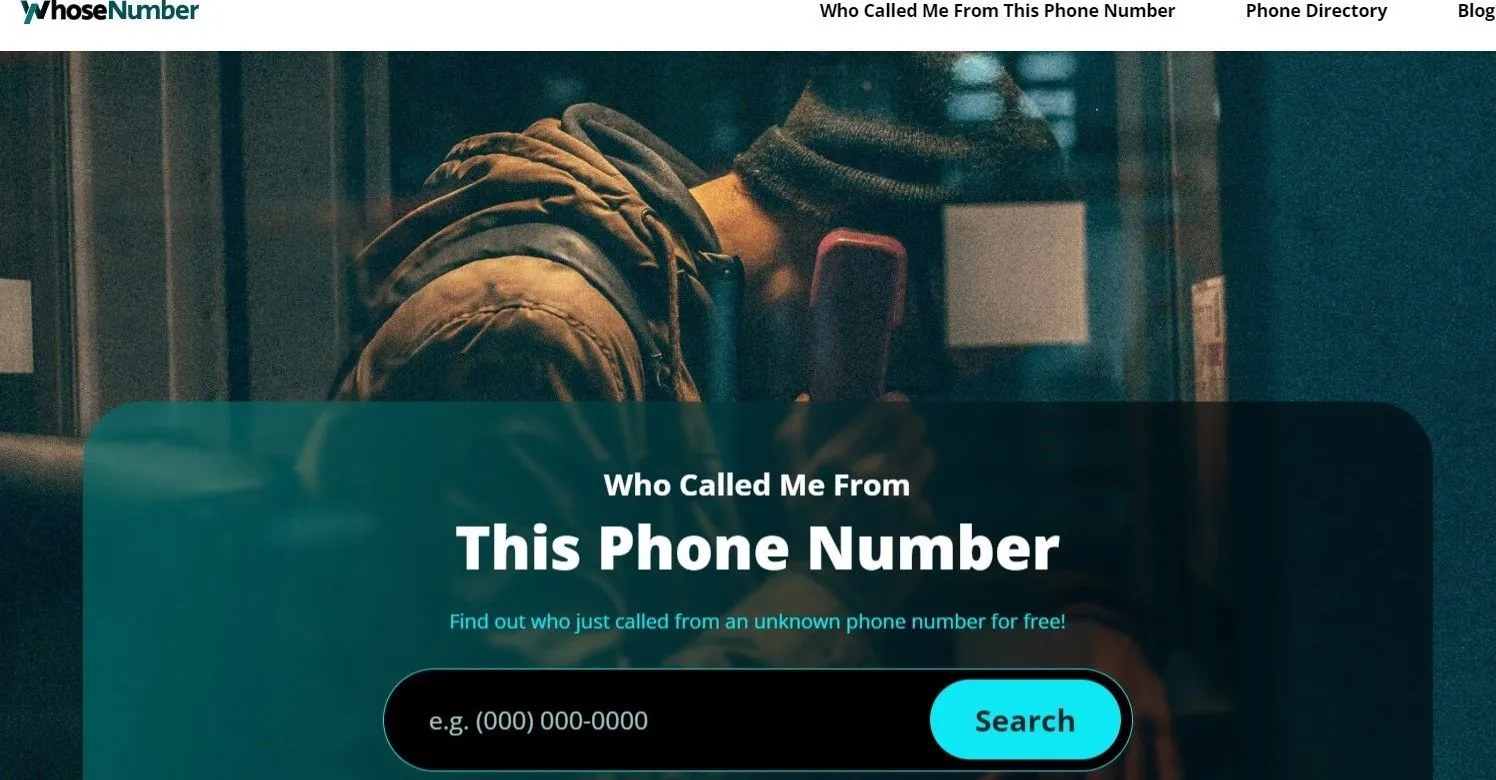If you’ve never heard of the “demoscene,” you are in for a fascinating discovery that merges technology and art in an extraordinary way. This vibrant international community of programmers, artists, and musicians pushes the boundaries of creativity by crafting real-time digital art pieces called “demos.” Unlike static animations, these masterpieces are generated on-the-fly using code, showcasing not only stunning visuals but also the immense technical prowess of their creators. From its roots in the 1980s software cracking era to its evolution into a celebrated art form, the demoscene exemplifies a unique blend of innovation and expression that continues to captivate audiences worldwide.
Understanding the Demoscene
The demoscene represents a vibrant subculture that transcends geographical boundaries, uniting creators from various backgrounds. It is not merely about technical prowess; it fosters collaboration among programmers, artists, and musicians who come together to produce captivating digital performances. Demos are celebrated in competitions at events called “demo parties,” where creators showcase their latest works, receive feedback, and network with like-minded individuals, cultivating a sense of community and shared passion.
At its core, the demoscene champions innovation, encouraging creators to explore the limits of computer hardware and software. Participants engage in a continuous cycle of learning and experimentation, pushing each other to refine their skills. Through this collaborative spirit, the demoscene has evolved into a platform for creative expression, where participants can experiment with new techniques and tools, ultimately contributing to the evolution of digital art.
Frequently Asked Questions
What is the demoscene?
The demoscene is an international community of creators who produce real-time digital art known as demos, showcasing technical and artistic skills using code to push hardware limits.
How did the demoscene originate?
The demoscene originated from software crackers in the 1980s who created flashy animations and music to accompany bootlegged software, evolving into a distinct art form by the 1990s.
What technologies are commonly used in demos?
Demos often utilize advanced technologies such as OpenGL, DirectX, and shader techniques, alongside optimized coding in assembly language to maximize hardware performance.
Can old hardware still create impressive demos?
Yes, many creators demonstrate that older hardware can produce stunning visuals, showcasing the potential of legacy systems from the 1980s and 1990s.
What is an example of a famous demo?
A notable example is ‘Second Reality’ by Future Crew (1993), renowned for its pixel art and music visualization, representing the pinnacle of early demoscene achievements.
Why are demos important for programmers and artists?
Demos serve as a platform for programmers and artists to showcase their skills, experiment with new techniques, and push the boundaries of digital art and technology.
How are demos different from traditional animations or videos?
Demos are generated in real-time from code, unlike traditional animations that are pre-rendered, allowing for interactive experiences and showcasing real-time computing power.
| Key Point | Details |
|---|---|
| Definition of Demoscene | An international community focused on creating real-time digital art pieces, known as demos. |
| Origins | Evolved from software crackers in the 1980s who created flashy animations and music for bootleg software. |
| Evolution | Grew into a distinct art form by the 1990s with dedicated groups creating advanced visual art. |
| Technical Aspects | Demos require high optimization, often written in assembly language to maximize hardware potential. |
| Notable Examples | 1. Second Reality (1993) 2. State of the Art (1992) 3. 8088 Corruption (2006) 4. Debris (2007) |
Summary
Demoscene is a vibrant community that showcases the intersection of technology and art through breathtaking digital creations. By harnessing the power of programming, artists, and musicians, this movement continues to evolve, pushing the boundaries of what is possible in real-time graphics. With a rich history rooted in the early days of computing, the demoscene remains a testament to creativity and technical prowess, inspiring new generations to explore the limits of digital art.

